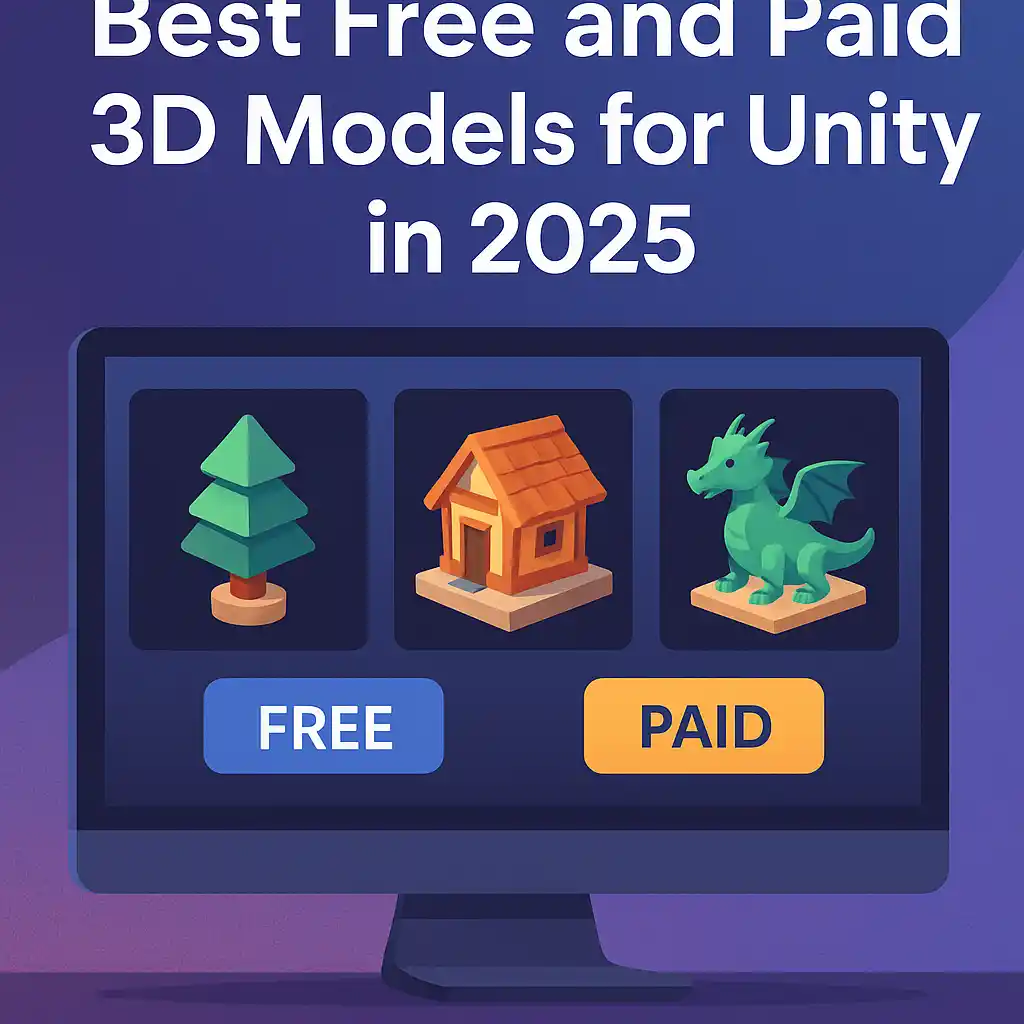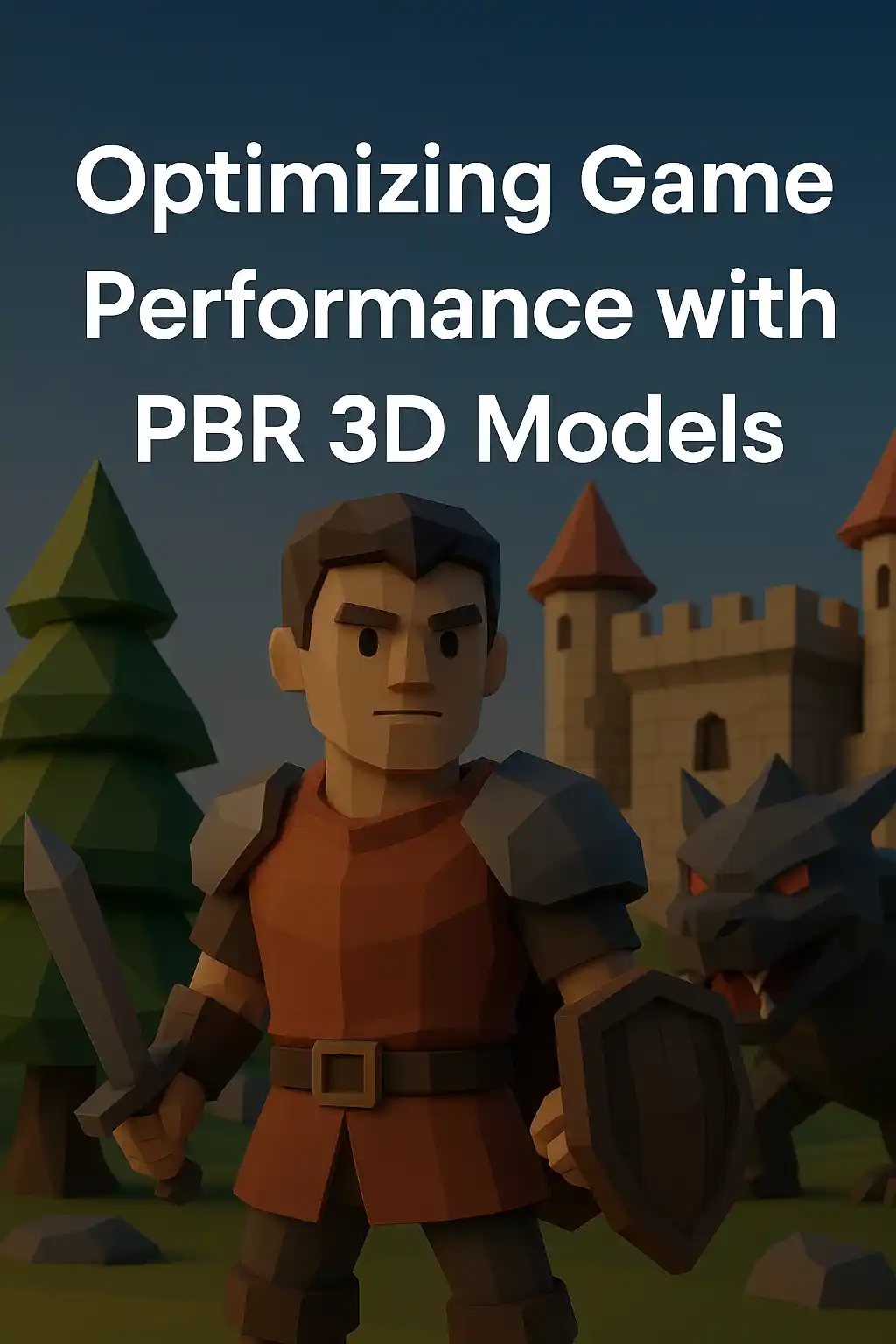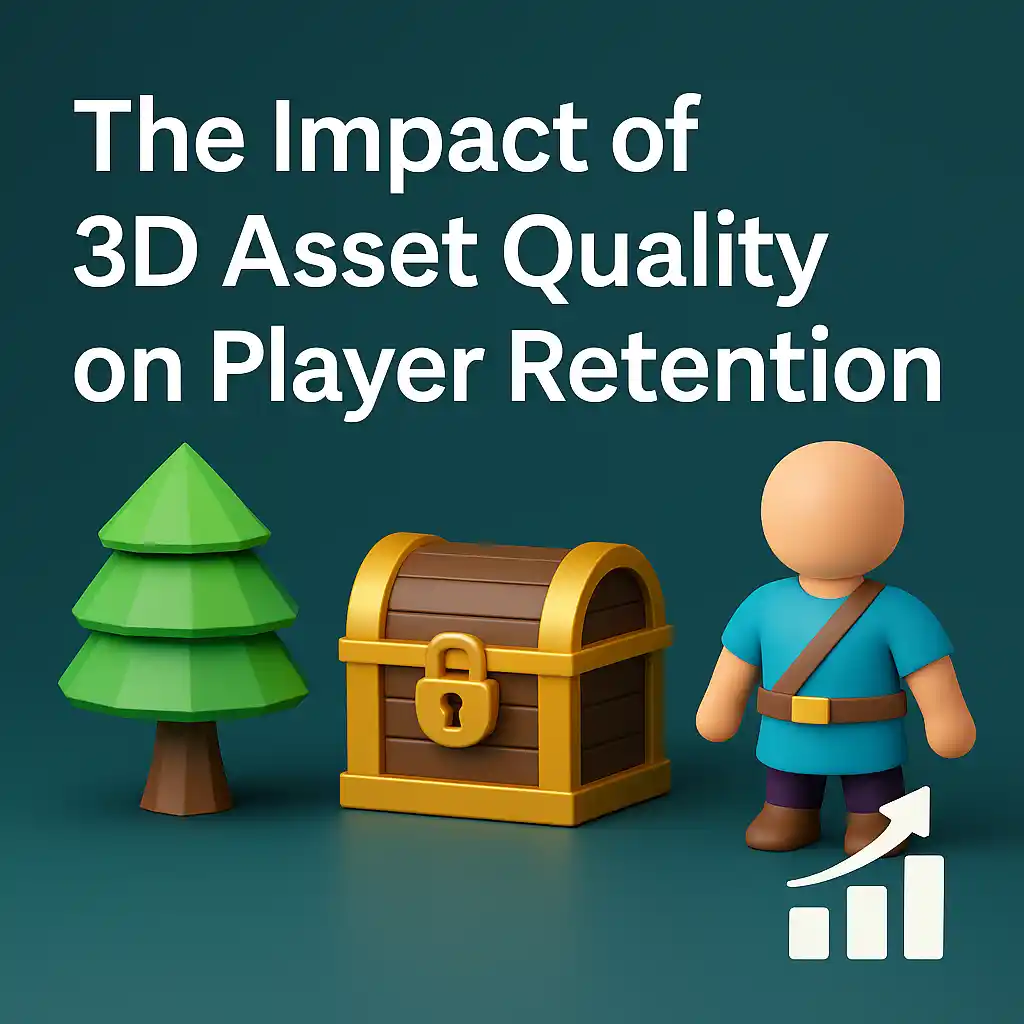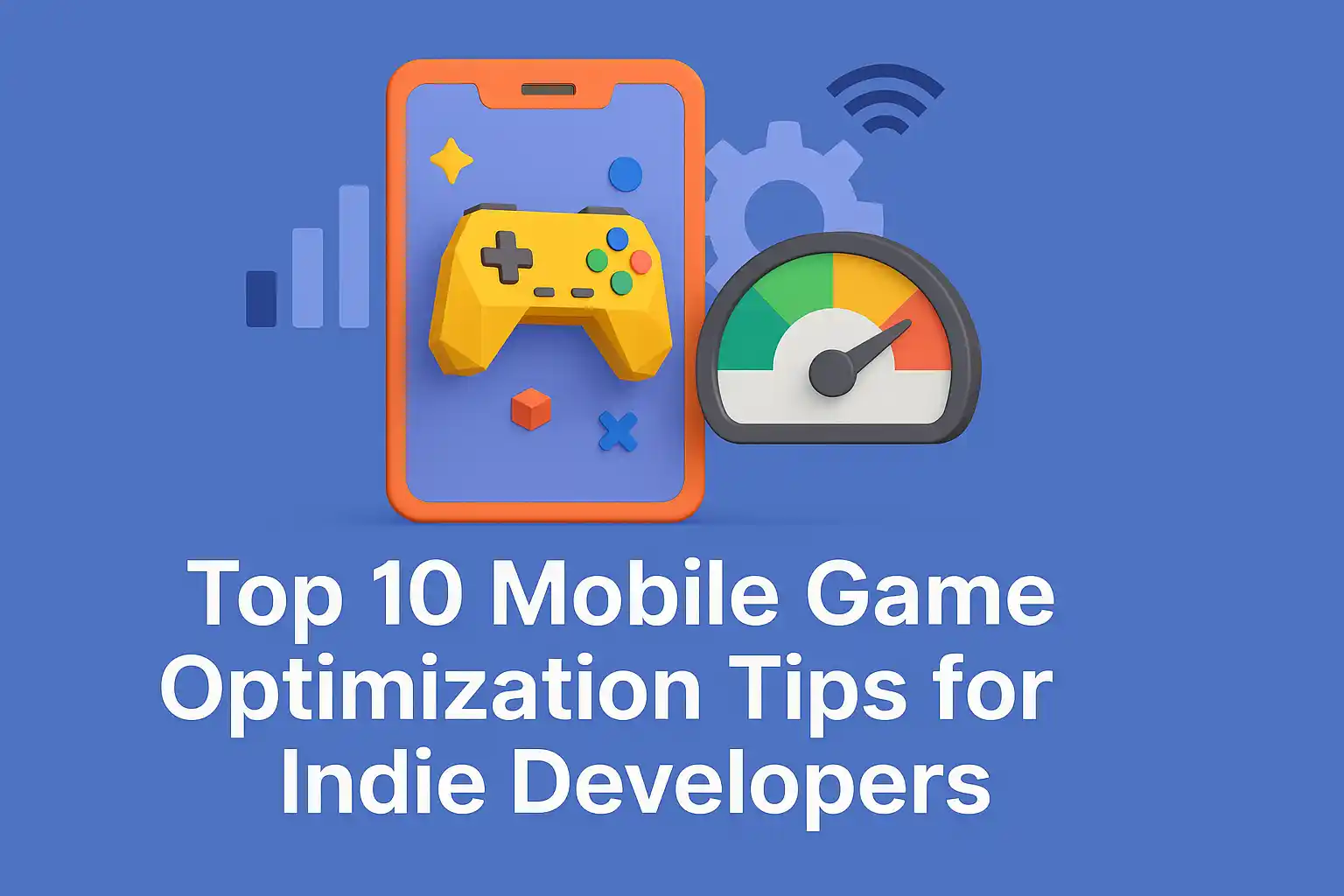Building immersive game worlds is tough for indie developers. Teams are small, budgets are tight, and time is limited. This is where modular low poly 3D environments become a lifesaver. They allow you to craft large, vibrant worlds without heavy modeling work or long production times.
Unlike high-poly models, low poly 3D assets are lightweight, reducing game lag and improving performance. Modular pieces give you flexibility: snap walls, floors, props, and vegetation together like Lego blocks. You can iterate, test, and redesign levels quickly. By the end of this article, you’ll understand how to use these assets smartly to create engaging, polished game worlds.
Advantages
Fast Prototyping Saves Time
Indie developers rarely have months to model every asset from scratch. Using modular low poly 3D pieces accelerates level design. You can focus on gameplay mechanics rather than crafting every tree or building. Studies show that using prebuilt assets can cut development time by 30–50% (Gamasutra, 2022).
Tip: Start with a small set of core modules. Expand gradually to maintain consistent style without overwhelming yourself.
Better Game Performance
Low poly 3D assets are efficient. Fewer polygons mean lower GPU usage. This is critical for VR and mobile games. According to Unity Docs, games using low poly assets maintain smoother frame rates on mid-range devices. Players enjoy seamless experiences, which is key for retention.
Cohesive Visual Style
Modular assets help maintain visual consistency. Each piece fits the same scale, texture style, and lighting requirements. This ensures your game world looks professional even if your team is small.
Core Features
Reusable Pieces
The beauty of modular design is reuse. Walls, rocks, doors, and vegetation can be rearranged endlessly. This cuts down both development time and storage space.
Easy Customization
Low poly assets are easy to recolor or resize. Even small tweaks make worlds feel unique. You don’t need a team of artists to deliver polished results.
Scalability
Modular environments grow with your project. Start with a small map for testing. Later, expand to larger worlds without redesigning everything.
How to Use Modular Low Poly 3D Environments Efficiently
1. Plan Your Levels First
Sketch your maps before placing assets. Decide where players will move, explore, and interact. Modular low poly 3D pieces make it easy to block out these areas quickly.
2. Mix and Match Assets
Avoid repetition. Rotate pieces, change scale, or slightly adjust colors. Players notice variety, even if the base model is reused.
3. Test for Performance
Check FPS and memory usage as you build. Modular low poly 3D environments are lightweight, but poor placement can still affect performance.
4. Use Optimized Asset Stores
Prebuilt asset libraries like Animatics Assets Store provide ready-to-use low poly 3D models. These assets are free, optimized, and perfect for indie developers. Instead of spending weeks modeling, you can start building levels immediately.
Real-World Examples
Indie Platformers
Games like Crossy Road and Totally Accurate Battle Simulator use low poly 3D modular assets to create playful, efficient worlds. They achieve charm without high hardware requirements.
Open-World Games
Even open-world indie titles benefit from modular low poly 3D assets. You can expand landscapes without lag or excessive loading times.
Mobile Games
Low poly design shines on mobile. Lightweight assets reduce battery drain and keep performance stable across devices.
Practical Tips for Indie Developers
- Combine Assets Wisely: Layer different modular pieces for depth and realism.
- Focus on Key Areas: Add extra detail only where players interact the most.
- Experiment with Colors and Lighting: Simple changes can make low poly worlds feel alive.
- Use Asset Stores: Animatics Asset Store offers prebuilt, optimized models to jumpstart your project.
Conclusion
Modular low poly 3D environments are a must for indie developers. They save time, improve performance, and maintain a consistent art style. By planning smartly and using ready-made, optimized assets from stores like Animatics Assets Store, you can focus on creativity and gameplay.
Whether you are making a small platformer or an expansive open-world game, low poly 3D assets let you deliver polished, professional experiences without heavy costs or long development cycles.
Indie developers who embrace modular low poly 3D environments can craft immersive worlds faster, smarter, and more efficiently than ever before.






